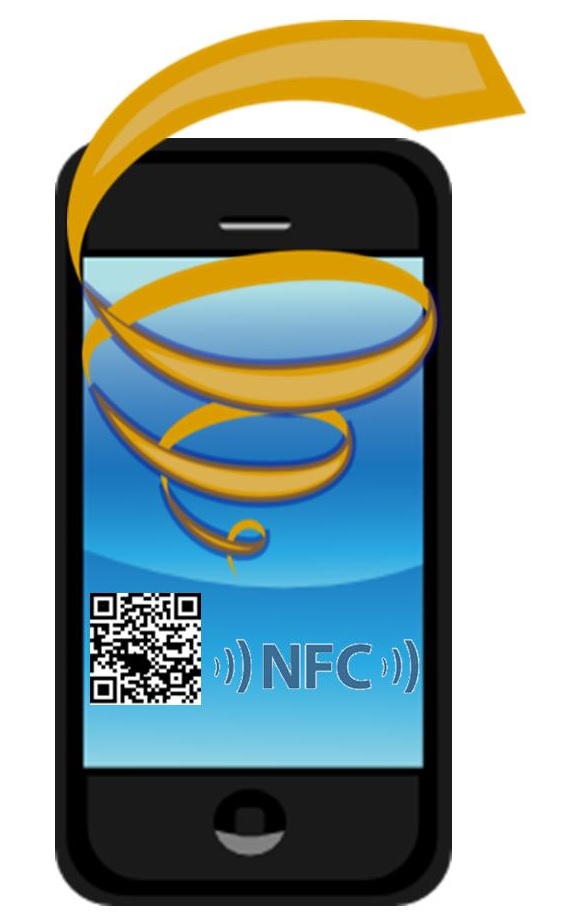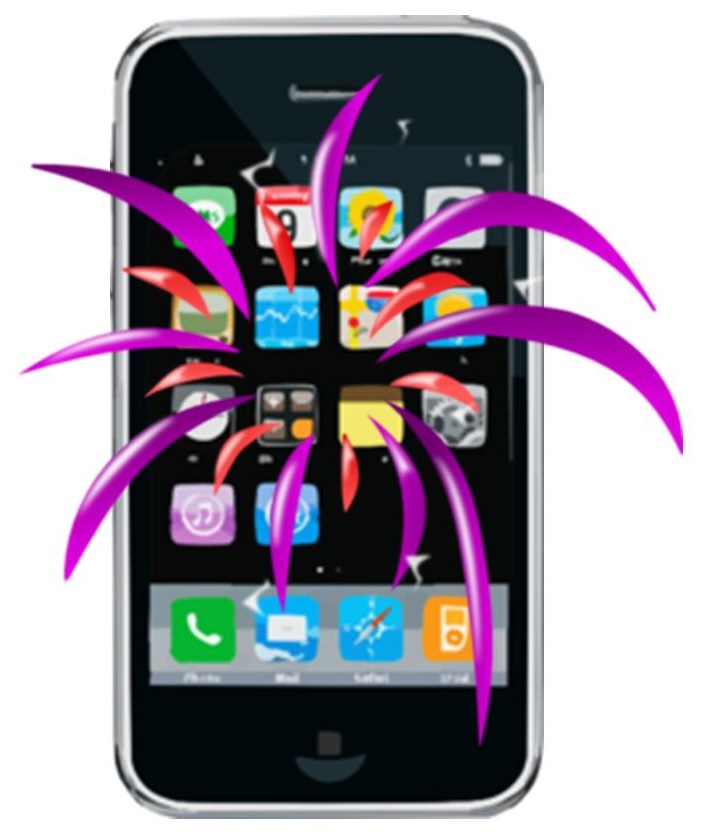These techniques are primary behind driving Google billboard consumer engagement.
Google Play has released a new advertising campaign to boost mobile commerce from Android users, employing both QR codes and NFC technology to help to engage with consumers and encourage them to interact with billboard content using nontraditional techniques.
The campaign has been focused on consumers in various parts of Australia.
It was launched by oOh! Media and created mobile commerce connected billboards at the domestic airports located in Melbourne, Sydney, and Brisbane. They allow smartphone carrying travelers to be able to interact with content that is presented to them on digital billboards. They can then pay to download content onto their android smartphones using the free Wi-Fi within the airport, provided by oOh!
The mobile commerce purchase can be activated using either a QR code scan or an NFC tag tap.
 Once the mobile commerce transaction is complete, the desired content appears on the screen of the Android based device that was used to buy it. For instance, shoppers may spot a book that they would like to read while viewing one of the Google Play billboard ads in the airport while they are waiting for their flight. They can simply scan a QR code to head directly to the download screen for that digital product and it will be sent immediately to their device.
Once the mobile commerce transaction is complete, the desired content appears on the screen of the Android based device that was used to buy it. For instance, shoppers may spot a book that they would like to read while viewing one of the Google Play billboard ads in the airport while they are waiting for their flight. They can simply scan a QR code to head directly to the download screen for that digital product and it will be sent immediately to their device.
According to the Google Account communications planning director, Jenn Brown, PhD, “We wanted the campaign to be rewarding, interactive and truly mobile. We wanted this to be at a moment where consumption of entertainment content was top of mind and the airport environment delivered on all of these elements.”
Brown went on to say that the mobile commerce campaign has already managed to bring about more than 2000 interactions, which is considerably greater than any of the “trial” NFC campaign and oOh! campaign engagement metrics that have been achieved worldwide.
The group director of oOh! business strategy, Warwick Denby, explained that this is a first, worldwide, and that it is a prime example of how mobile commerce and billboard displays are very compatible with one another. It also illustrates, said Denby, how smartphones are able to “drive engagement and enable consumers to connect and transact with the brand online – immediately.”

 According to the ABI report, cloud computing is “becoming more crucial, as well as immediate, than what has been concluded in earlier research.” ABI senior analyst, Aapo Markkanen, said that “The cloud is a natural fit for AR developers, considering how big benefits cloud-based content libraries present for image recognition technologies.”
According to the ABI report, cloud computing is “becoming more crucial, as well as immediate, than what has been concluded in earlier research.” ABI senior analyst, Aapo Markkanen, said that “The cloud is a natural fit for AR developers, considering how big benefits cloud-based content libraries present for image recognition technologies.”